
Posterior Lumbar Fusion
Posterior Lumbar fusion is performed on the lumbar spine when there is evidence of pain arising in the spinal discs or joints themselves and/or abnormal movement of the bones. The technique also allows the surgeon to decompress the nerves in the spine at the same time as performing the fusion operation.
Causes
Symptoms
Treatment
Causes
Posterior lumbar fusion is typically recommended for patients with spinal instability, degenerative disc disease, scoliosis, or a herniated disc that has not responded to non-surgical treatments.
Symptoms
The symptoms of spinal instability can vary depending on the individual, but may include back pain, numbness or tingling in the legs, weakness in the legs, difficulty standing or walking, and a decrease in overall mobility.
Treatment
Non-surgical treatments such as physical therapy, medication, and injections are usually the first line of treatment for spinal instability. However, if these treatments do not provide relief, posterior lumbar fusion may be recommended. During the procedure, a surgeon will remove damaged disc tissue or vertebrae and replace them with bone grafts or artificial implants to promote the growth of new bone and stabilize the spine.
Preoperative advice
48 hours before surgery, take some gentle laxatives (lactulose, senna) to ensure you have your bowels opened on the day of surgery.
On the day of your surgery, it is important to remain Nil by Mouth. Do not eat past midnight the night before your operation. However, you may continue to drink water up to two hours before admission, where you will be advised further. It is not necessary to bring your medications with you, as these are supplied from Pharmacy (you can use your medications when you return home). However, if you take a number of medications, please bring a list of names and doses so they can be appropriately supplied by the pharmacy department.
How is this operation done?
This is performed under general anesthesia with the patient lying face down on a specially padded mattress. The incision is in the line of the spine over the affected disc or discs, and the spine is approached between the muscles. Some bone may be removed from the back of the spine to allow access to the disc space and decompress the nerve roots. Occasionally two vertical incisions are used, to allow separate access to both sides.
The surgeon may use metal (titanium) screws and bone grafts to stabilize the spine and allow the bones to heal – the fusion. If an inter-body fusion is to be undertaken, material (usually a cage containing bone graft) is inserted into the disc space from behind. This has the effect of adding additional support to the disc space and allows a larger surface area for the fusion to occur across. The bone graft used is synthetic, which prevents the need for removing bone from the pelvis to act as a graft (the older technique – this was painful). Synthetic bone works better at achieving fusion than your own bone.
Postoperative care
You will wake up in theatre recovery, where you will spend a short time recovering from the anesthetic.
You will then be transferred back to the ward.
You will remain to be Nil By Mouth until you begin having bowel sounds again. The bowels may be slow to begin working again, and it is important not to eat or drink too quickly post-operatively to avoid sickness and further complications. You will have maintenance fluids intravenously to keep you hydrated.
On day 1 postoperatively, you will be seen by the physiotherapy team on the ward. They will start teaching you how to safely get out of bed and will help you to start walking again. You may feel lightheaded or dizzy the first few times you get up – this is normal, and will wear off. The physiotherapist may also fit you with a brace to support your spine. You will have to wear this for 6 Weeks.
Your wounds will be managed by the nursing staff; they will be dressed as needed. They will also provide you with the appropriate information for discharge.
When you go home
For the first 6-8 weeks, it is important that you take things easy. Do not start lifting or exercising during this period. You may walk about as pain allows, whilst wearing the brace, but not too vigorously. Several short walks, rather than one long walk.
You will not be permitted to drive for 6 weeks until you feel fit to perform the emergency stop. However, you may be a passenger during this time, as long as you take regular rest periods to adjust your position.
Flying is not a problem, but airports are. Avoid carrying luggage. Try to avoid sitting for too long – get up and exercise when it is safe to do safely.
With regards to working, please discuss, as this varies depending on the work you do. Patients may return to work in a sedentary occupation when they feel comfortable. Those in manual jobs may need to be off
work for longer, until the fusion is solid, as demonstrated by the x-rays.
The Nursing staff on the ward will have given you some information on wound care prior to discharge. If you have any concerns regarding your wound, please don’t hesitate to contact me or my team.
Pain killers can be constipating so we encourage you to eat food that will help to keep your bowels working well. Drink plenty of water.
Rehabilitation
From 6 weeks post-op, assuming the x-ray appearances are satisfactory, you will start physiotherapy. These exercises are very gentle initially and increase over 6 weeks.
Patients are seen at six weeks post-operatively and then at 3, 6, and 12 months with x-rays taken at each visit to determine the stage of healing.
More Spinal Conditions

Spine Tumor Surgery in Karachi: Leading the Way with Prof. Dr. Akbar Ali Khan, Best Neurosurgeon in Pakistan

Advancing Spinal Health: Understanding Vertebrectomy with Prof. Dr. Akbar Ali Khan
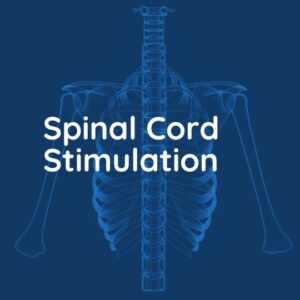
Spinal Cord Stimulation

Kyphoplasty and Vertebroplasty

Vertebrectomy/Corpectomy

Foraminotomy
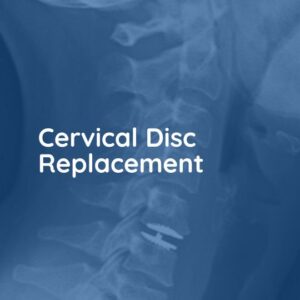
Cervical Disc Replacement

Anterior Cervical Discectomy and Fusion
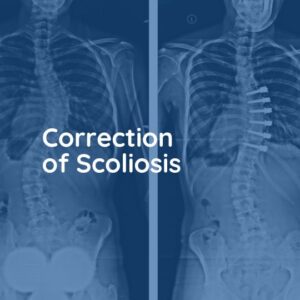
Correction of Scoliosis

Thoracic Discectomy
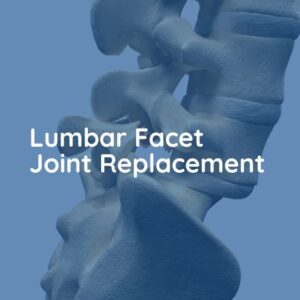
Lumbar Facet Joint Replacement
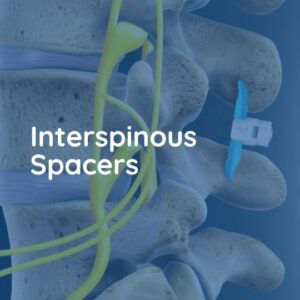
Interspinous Spacers

Endoscopic Lumbar Discectomy

Laminectomy

Disc Replacement Operation

Posterior Lumbar Fusion


